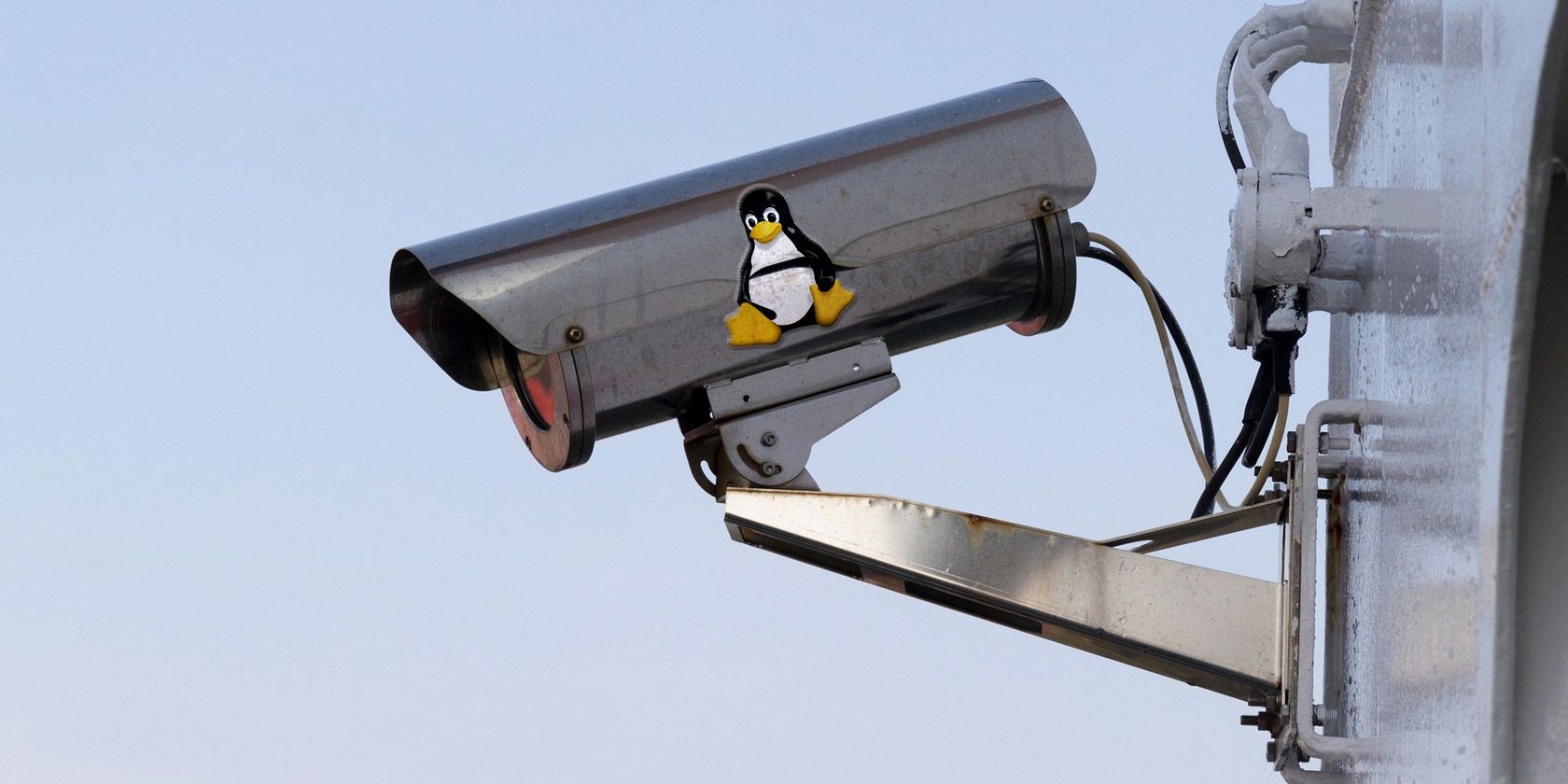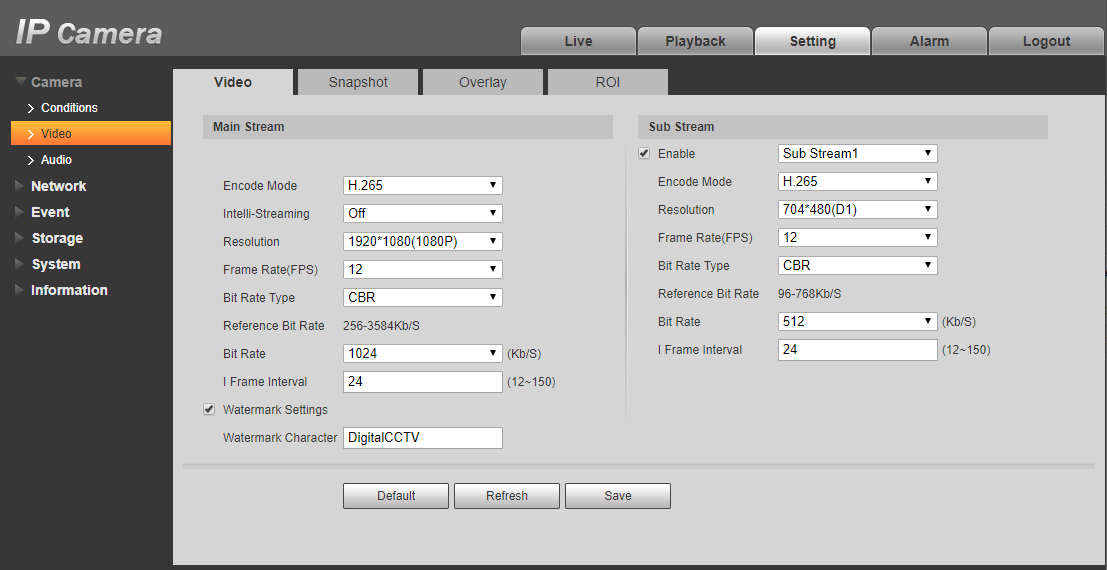- Nov 25, 2012
- 11,635
- 2,649
- 136
After realizing there is no good 24/7 "cloud" security camera option anymore--vintage Nest Aware is on the road to death and its new replacement is utterly unwieldy garbage, the DVRs and NVRs with crappy *nix installs are also huge time wasters with filesystems all over the place---so I decided that I might as well spend the same money and some kind of get PC out of it where I can view the videos without having to go through all that nonsense.
I guess I just want something that can run Blue Iris and not screw up.
Case probably needs as many drive spaces for hard drives as possible.
Mobo will probably included higher end LAN hardware. Will probably need slots to be a mix of PCI and PCIe. I probably need capture cards because I have a ton of old wired DVR cameras and old IP cams that could be used.
If I can get away with just buying someone's used throwaway, I'll consider it, but I've been out of the loop for maybe 6-8 years in terms of hardware.
I guess I just want something that can run Blue Iris and not screw up.
Case probably needs as many drive spaces for hard drives as possible.
Mobo will probably included higher end LAN hardware. Will probably need slots to be a mix of PCI and PCIe. I probably need capture cards because I have a ton of old wired DVR cameras and old IP cams that could be used.
If I can get away with just buying someone's used throwaway, I'll consider it, but I've been out of the loop for maybe 6-8 years in terms of hardware.








